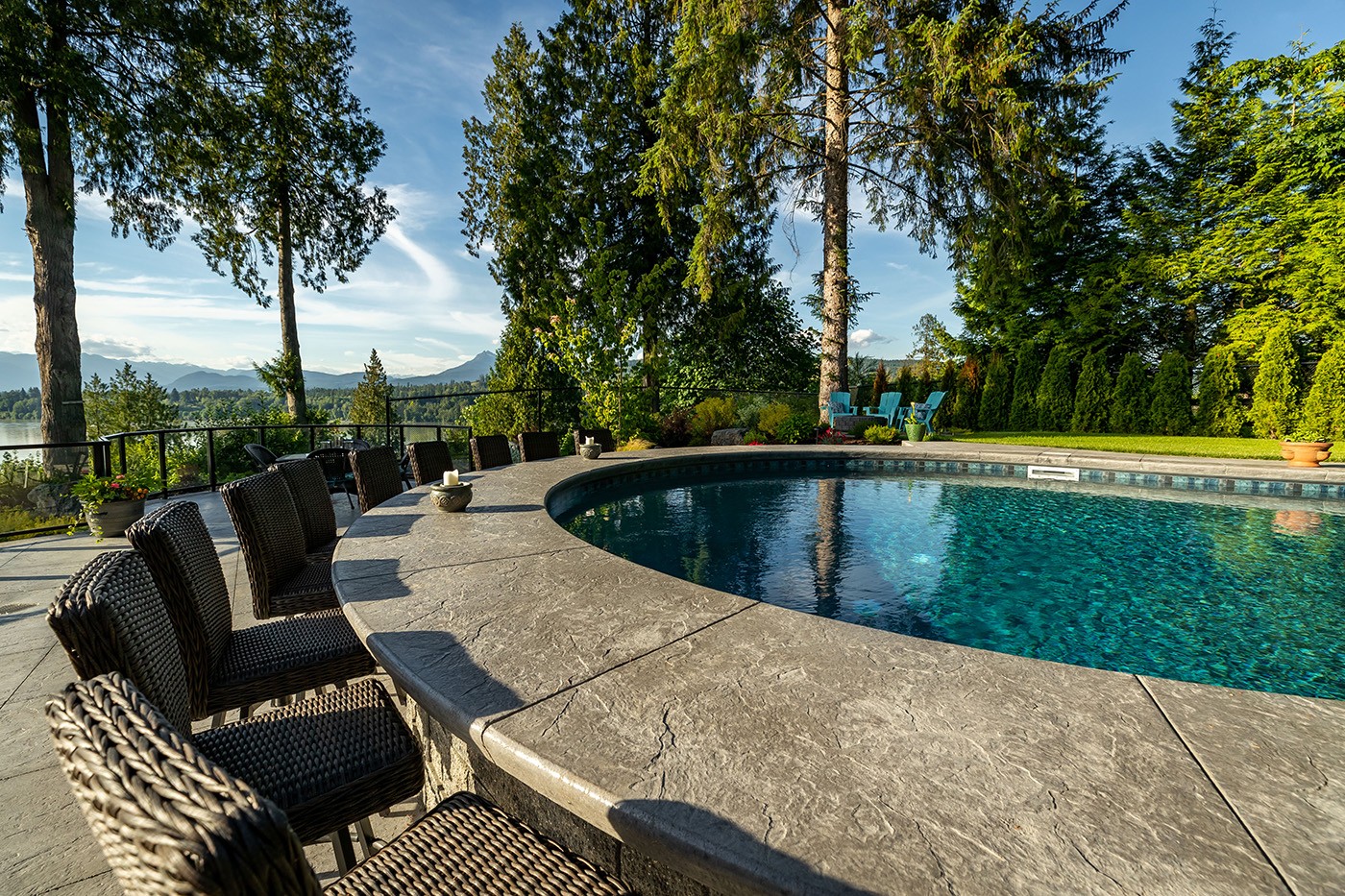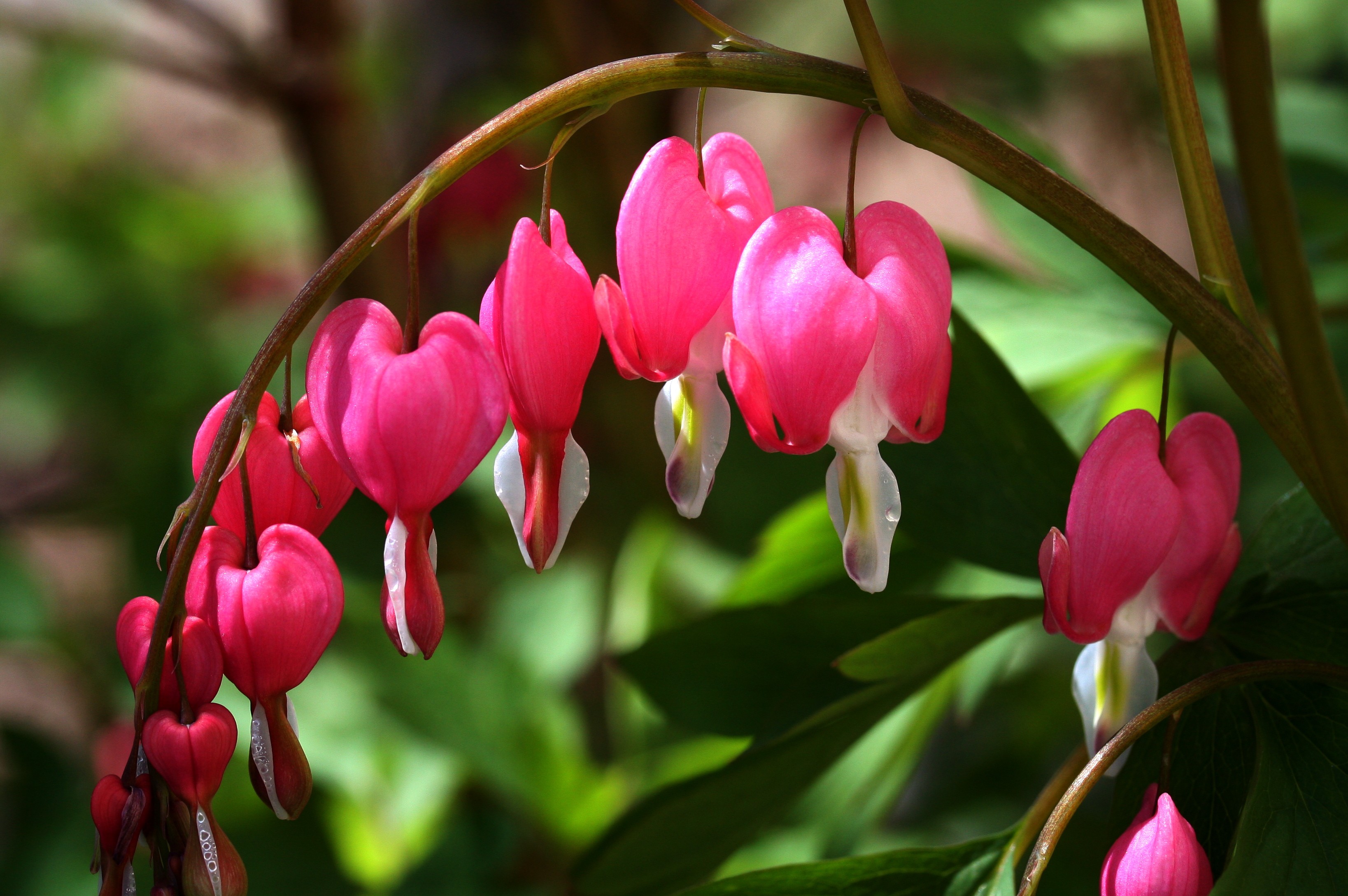
Turn Your Yard Into a Private Paradise
How to increase your privacy and hide the neighbour’s unsightly shed
Why the best gardens have annuals in them, how to choose them and some of our favourite types!
Planting annual flowers throughout the spring, summer, and fall keeps your gardens looking fresh and bursting with colour.
But you might not know exactly where to start, which flowers to choose, or how to plant them best.
Here are some tips from the team at Vandenberg Maintenance to help you decide which annuals to plant, how to plant them, how to care for them and some of our favourites!
Are annual flowers really worth planting?
We answer this question with an emphatic “yes!” Obviously, we’re a bit biased, but the best gardens have a healthy mix of annuals alongside perennials, shrubs and ornamental trees.
If you’re not familiar, annuals are flowers or plants that complete their entire life cycle within a single season. Whether planted in the late spring, summer or fall, annuals are usually exhausted and die off once the frost hits. Then they get replaced the next year!
But the best part about annuals is that they continuously bloom once established.
Since perennials and trees only bloom for 1–4 weeks in the spring or summer, planting annuals gives you new colours and blooms in your garden throughout the growing season. Not to mention it helps fill in the bare spaces in your garden beds so they look full and beautiful.
There are so many options, which can feel a bit overwhelming, but here are some suggestions to help you make your choices.
Me? I love petunias (which you’ll see a lot of on our Instagram feed!) because they trail so well and can fill a planter easily. They also come in so many colours and offer loads and loads of blooms all summer!
Another favourite is coleus, which comes in sun-loving and shade-loving varieties and many, many leaf colours! Clients of ours will be seeing more of these this year.
And one more — begonias! These bright flowers do well in the shade and we have a lot of clients with shady yards, so they’re a natural fit.
One note: There are some annuals that are better for certain seasons. Be sure to read seed packets or plant tabs to ensure you’re planting what’s best for the season — and double-check your hardiness zone! Hardier plants will survive in cooler temperatures, but might wilt once the summer heat hits.
If you want more ideas, once again I encourage you to go and walk the aisles of your local garden centre!
Planting is fairly simple, but there’s more to it than just sticking plants in the ground. Make sure the last frost has come and gone before you plant yours. The beginning of May is usually safe for our region.
Here are some planting best practices:
And of course…make sure you keep watering them and pulling out the weeds once you see them appear!
If you’d prefer to leave the design, planting, and care of your annuals to the experts, Vandenberg Maintenance’s team is happy to help! To find out more and request a quote, head on over to vandenbergmaintenance.com.
How to increase your privacy and hide the neighbour’s unsightly shed
The big questions to ask yourself before you start.
Tips and ideas to create a great poolside experience
Discover the pros and cons of the three most popular choices…
Why your landscape project should always start with design
Our favourite native plants, annuals and perennials for garden projects







